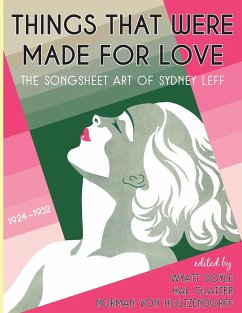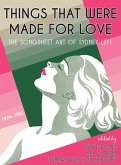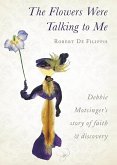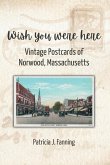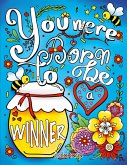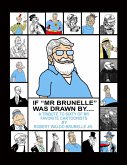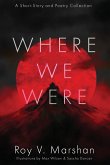Until shortly after World War II, the sale of sheet music was the primary measure of a song's success; most composers earned more from printed music sheets than from records. The most popular songs sold literally millions of copies, and colorful covers attracted customers almost as powerfully as the songs themselves inside. Artists like Sydney Leff, who created those covers, made that happen. They were the truly unsung artists of Tin Pan Alley. "A monograph about Sydney Leff is long overdue. Part of the explanation for this work being neglected is that sheet music cover art was long viewed as one of the lowest forms of commercial art. Even some commercial artists deemed it to be beneath them. It was not viewed as something of value. "Now, after Pop Art and other art movements challenged the high/low distinction in art, we are able to look at this artwork without the blinders of that old paradigm. And what do we see? Among other things, a contemporaneous visual expression of the Great American Songbook. We see a visual world that is a riotous collision and cross-pollination of styles, like jazz. We see the heady transitional period between the World Wars, between the "weird old America" and the post-WWII global superpower. "We also see something by, from, and about New York City, which was the center of the world for popular music production and publication in the 1920s and 1930s. We see and feel the push and pull between the gloomy realities of the Depression years and people's yearning for escape, fantasy, beauty, joy, and transcendence." -Norman Gholson von Holtzendorff, from his introduction
Hinweis: Dieser Artikel kann nur an eine deutsche Lieferadresse ausgeliefert werden.
Hinweis: Dieser Artikel kann nur an eine deutsche Lieferadresse ausgeliefert werden.

